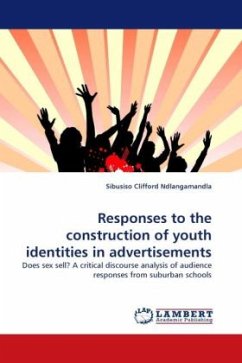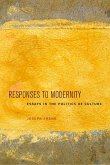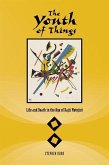Contemporary youth in South Africa are facing political, racial and economic inequalities. Despite this, style surfing dominate youth culture both locally and internationally. Young people are influenced by current fashions and identity formations through the media. Not many studies investigate the intersection of race, gender and age in representations of youth consumer culture. This book analyses four famous brands: Guess, Soviet, Diesel and Levi s, in youth magazines. It uses social semiotics and critical discourse analysis to describe how media constructs over sexualized youth identities and how young people deconstruct the advertisement and reconstruct their own subjectivities. Surprisingly, the youth are averse towards the use of sex, instead, they prefer a Hip Hop identity. The research is situated among adolescent suburban school learners. This analysis should enrich critical media analysis, and critical literacy in the language and literacy classroom. The interaction of advertisements with specific audiences will be fascinating to scholars and researchers in education, cultural studies, marketing and the general public.
Bitte wählen Sie Ihr Anliegen aus.
Rechnungen
Retourenschein anfordern
Bestellstatus
Storno








